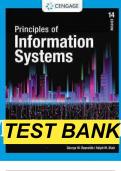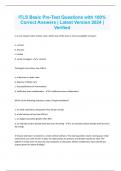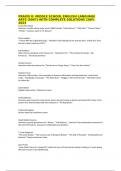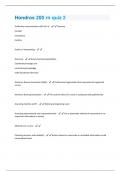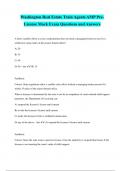Examen
Test Bank Principles of Information Systems, 14th Edition by George Reynolds|Complete
- Cours
- Établissement
Test Bank Principles of Information Systems, 14th Edition by George Reynolds| Complete Complete Test Bank for Principles of Information Systems, 14th Edition by George Reynolds, Ralph Stair. All chapters test bank included with Instant downlo ad. ; ISBN13: 9780357112410. 1. Information Systems: P...
[Montrer plus]
